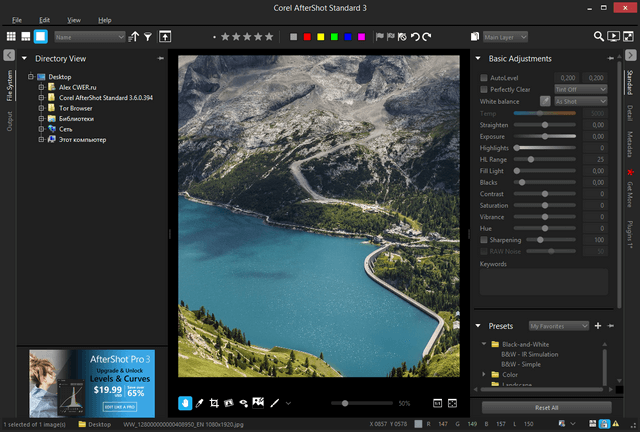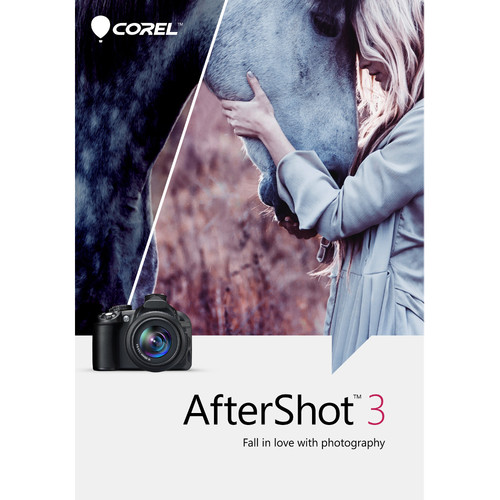

Make easy corrections and enhancements, and apply adjustments to one or thousands of photos at once with batch processing tools. Corel® AfterShot™ 3 is a simple, affordable way to quickly learn professional-grade photo editing.

Lossless Compression reduces the file size with no loss of data, and therefore no loss of image quality.Turn your passion for photography into unforgettable photos-without spending hours at the computer. More aggressive compression settings (for example, compression numbers like 50 or 70) produce noticeable compression artifacts and detail loss. Small amounts of lossy compression (for example, JPEG compression set at a level of 90 or higher) produce images that are very similar in detail and image quality to the original image. This means that the compressed image will lack some detail and image information. Lossy Compression results in the loss of data during the compression process. There are two types of compression: Lossy or Lossless. Image Compression is the process of lowering the image file size so you can store more photos in a fixed amount of space.

TIFF files can be either 8–bit or 16–bit, and produce very large file sizes. TIFF files use only lossless compression, ensuring that 100% of the detail from the original image is preserved.
#Viewing raws in corel aftershot standard full size#
The default setting is 80 for proofs and 90 for full size JPEGs. A setting of 50 will produce visible artifacts, but will also result in a much smaller file.

A setting of 100 produces a very large file that has no compression artifacts.
#Viewing raws in corel aftershot standard pro#
JPEG files are limited to 8-bit color, and are compressed by a user-selectable amount.Ĭorel AfterShot Pro uses a 0-100 scale to set the JPEG quality level. JPEG files are the most common image files, and are ideal for sharing on the web, by email, or for sending to online printing facilities. Some adjustment tools are more limited or not available (Highlight Recovery) with JPEG filesĬorel AfterShot Pro can save images to the file formats listed in the table below. Up to 30 megapixels and 10,240 pixels on the longer side, RGB colorspace (CMYK or grayscale not supported) Some adjustment tools are more limited or are not available (Highlight Recovery) with TIFF files. Up to 30 megapixels and 10,240 pixels on the longer side, RGB colorspace (CMYK, grayscale or TIFFs with alpha channel not supported) GX-100, GX-200, GR, GR Digital II, GR Digital III, GXR, GXR P10


 0 kommentar(er)
0 kommentar(er)
